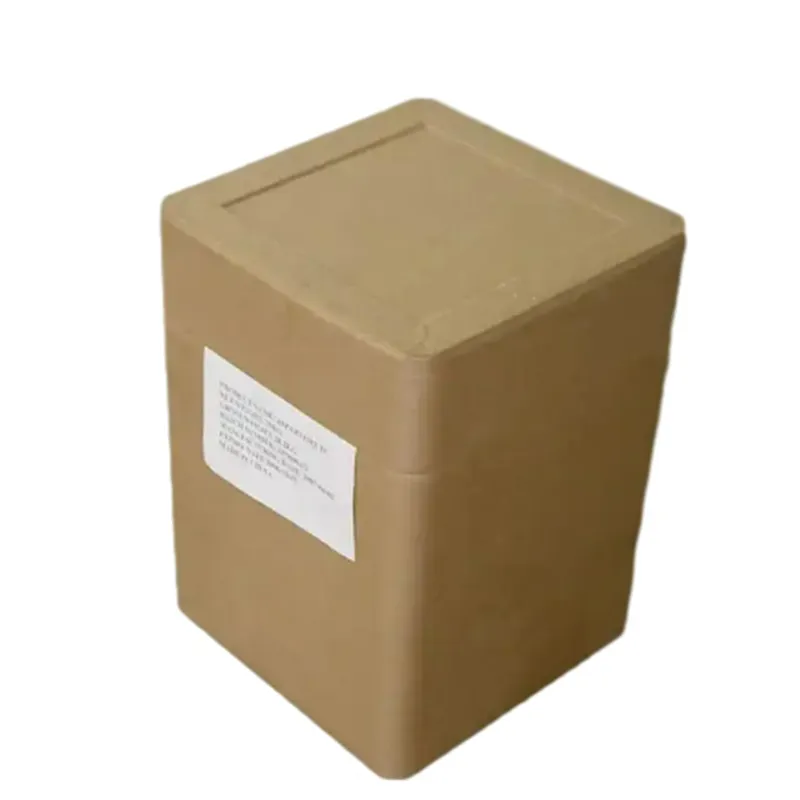
raising agents in food
Raising Agents in Food A Comprehensive Overview
Raising agents play a crucial role in the world of baking and cooking, acting as catalysts that facilitate the leavening process which is essential for achieving the desired textures and volumes in various food products. Understanding the types, functions, and applications of raising agents can enhance both culinary skills and the overall quality of baked goods.
What are Raising Agents?
Raising agents, also known as leavening agents, are ingredients that cause the dough or batter to expand by producing gas during baking. This gas is typically carbon dioxide, which is released through a chemical reaction or biological action. The expansion of the dough or batter results in a light and airy texture, a characteristic feature in many baked products like bread, cakes, and pastries.
Types of Raising Agents
There are several types of raising agents, each with its unique properties and applications
1. Chemical Raising Agents These include baking powder and baking soda. Baking soda (sodium bicarbonate) requires an acidic component to activate, such as yogurt or vinegar, while baking powder contains both an acid and a base, allowing it to activate with moisture and heat.
2. Biological Raising Agents Yeast is the most common biological raising agent, used in bread-making processes. Yeast ferments sugars, producing carbon dioxide and alcohol. The carbon dioxide gets trapped in the dough, causing it to rise.
3. Mechanical Raising Agents This method involves incorporating air into the mixture through techniques like creaming butter and sugar or whisking eggs. The trapped air expands during baking, providing lift and structure.
raising agents in food

The Role of Raising Agents in Recipes
Each recipe calls for specific raising agents based on the desired characteristics of the final product. For instance, cakes typically use baking powder for a fine crumb and moist texture, while bread relies on yeast for a chewy texture and characteristic flavor. The choice of raising agent also impacts the taste, color, and shelf life of the baked goods.
Importance of Accurate Measurements
Precision in measuring raising agents is vital for successful baking. Too little baking powder or yeast can lead to dense products, while too much can cause them to rise excessively and collapse. Additionally, the freshness of the agents plays a significant role; expired baking powder or yeast may not work effectively, resulting in subpar baking results.
Common Mistakes to Avoid
Bakers, both amateur and professional, often make mistakes when using raising agents. Some common pitfalls include not allowing time for the yeast to activate, using expired agents, and not understanding the differences between baking powder and baking soda. Understanding these nuances can help avoid disappointing results.
Conclusion
Raising agents are essential to the art of baking, offering a range of options for producing light, fluffy, and appealing baked goods. Whether it’s through chemical reactions, biological fermentation, or mechanical aeration, these agents are integral in determining the success of recipes. By appreciating the science behind raising agents and utilizing them correctly, anyone can elevate their culinary creations and embrace the joy of baking. Embracing the nuances of raising agents not only enhances baking skills but also deepens the appreciation for the craft of creating delicious, airy delights.
-
Pure Sodium Dichloroisocyanurate Dihydrate | Powerful DisinfectantNewsAug.29,2025
-
Industrial Chemicals: Quality & Purity for Every IndustryNewsAug.28,2025
-
Nitrile Rubber Honoring Strict Production StandardsNewsAug.22,2025
-
Aspartame Ingredients Honoring Food Safety ValuesNewsAug.22,2025
-
Fertilizer for Balanced Plant NutritionNewsAug.22,2025
-
Cyanide Gold Processing with High Purity AdditivesNewsAug.22,2025
-
Formic Acid in Textile Dyeing ApplicationsNewsAug.22,2025
Hebei Tenger Chemical Technology Co., Ltd. focuses on the chemical industry and is committed to the export service of chemical raw materials.
-

view more DiethanolisopropanolamineIn the ever-growing field of chemical solutions, diethanolisopropanolamine (DEIPA) stands out as a versatile and important compound. Due to its unique chemical structure and properties, DEIPA is of interest to various industries including construction, personal care, and agriculture. -

view more TriisopropanolamineTriisopropanolamine (TIPA) alkanol amine substance, is a kind of alcohol amine compound with amino and alcohol hydroxyl, and because of its molecules contains both amino and hydroxyl. -

view more Tetramethyl Thiuram DisulfideTetramethyl thiuram disulfide, also known as TMTD, is a white to light-yellow powder with a distinct sulfur-like odor. It is soluble in organic solvents such as benzene, acetone, and ethyl acetate, making it highly versatile for use in different formulations. TMTD is known for its excellent vulcanization acceleration properties, which makes it a key ingredient in the production of rubber products. Additionally, it acts as an effective fungicide and bactericide, making it valuable in agricultural applications. Its high purity and stability ensure consistent performance, making it a preferred choice for manufacturers across various industries.





